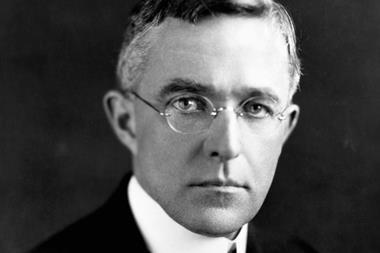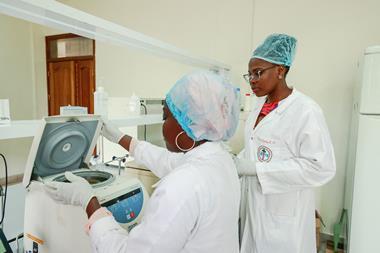Understanding causation can motivate product improvements

It’s been a while now since I stopped buying off-the-counter cosmetics. Ever since I discovered a website that allows you to filter products in terms of their formulation, it has become a night-time hobby to play around with the filters and see what cosmetics come up. You don’t get a choice over the ingredients a product can have; rather, you select the ingredients you do not wish to be included. PEG, silicones and phthalates are the standard ingredients to avoid but, to my dismay, I noticed recently that the list keeps growing, mentioning substances that I had never heard of. What are BHT and HEMA and why do certain products proclaim that they are free of them? Such questions have turned my night-time routine into a stressful activity as I research what all these substances are and how harmful they can be.
This is not the first time in history that one finds the use of harmful chemicals in everyday products. In the Victorian era people were exposed to very toxic and dangerous chemicals that were used in the fabrics they wore, their house decoration and even food. Scheele’s green is a characteristic example. This was a pigment used in wallpapers, dyes and clothes. It was also very dangerous, as it contained arsenic.
It is easier said than done to establish that a certain chemical in a product is harmful. Even if we have empirical evidence that a large amount of people exhibit a certain effect after using a cosmetic, it is very difficult to prove that this was caused by a specific ingredient of that product and not by some other ingredient, or even some other factor altogether. Correlation does not imply causation.
Work in evidence-based medicine and public health has pioneered how to assess the likelihood that something did cause a particular effect, with Bradford Hill’s guidelines of causal assessments establishing the need for protocols that help prevent and tackle medical problems. Philosophers have also engaged in this discussion by offering frameworks that can help practitioners and scientists overcome relevant conceptual challenges that occur.
Two accounts
Specifically, some philosophers propose that a clear conceptual analysis of causation can help scientists more firmly establish the actual cause of a harmful effect.1 Two main candidate accounts have been discussed.
The first is the difference-making account of causation. This states that there is a relation between a purported cause and an observed effect if it can be shown that a change in the cause leads to a change in the effect. For example, if the reduction in use of a cosmetic is accompanied by a reduction in the occurrence of a certain harmful effect, then it becomes more likely (though not definitive) that the cosmetic caused the problem.
The second account is the so-called mechanistic view. According to this, a causal relation is established if we can formulate a theory of the precise mechanism by which the cause led to the effect. Characteristic examples are reaction mechanisms, which precisely describe how certain chemical substances transform into specific products through a process of breaking bonds, making new ones and transferring electrons from one atom to another.
A precise understanding of causation can be helpful when identifying what causes harm
However, there are cases that these two accounts cannot describe correctly. First, this is because of the problem of overdetermination. Very often, an observed effect would have occurred even if a certain cause never took place. For example, while living in an area with very high air pollution can cause lung cancer, people living in areas with good air quality may still develop the disease if they are genetically predisposed to it. The difference-making account fails to recognise certain causes if the observed effects can be caused by more than one event.
The second problem undermines the mechanistic account. Sometimes, there are effects that occur not because something happened, but because something didn’t happen. For example, fainting can be caused by the absence of sufficient oxygen going to the brain. In this case, there is no physical mechanism that connects the cause and the effect; it is rather the absence of something that led to the observed effect.
There are of course other ways to understand causation, which have been proposed for medical purposes and which may equally inform product safety. Regardless of which account fits best, it becomes clear that a precise understanding of the concept of causation can be quite helpful when identifying what it is in our products that causes harm. Achieving such an insight is not only valuable in its own right but is essential in order to push the industry to make changes and improve consumer safety.
References
1 F Russo and J Williamson, Hist. Phil. Life Sci., 2011, 33, 563

















No comments yet